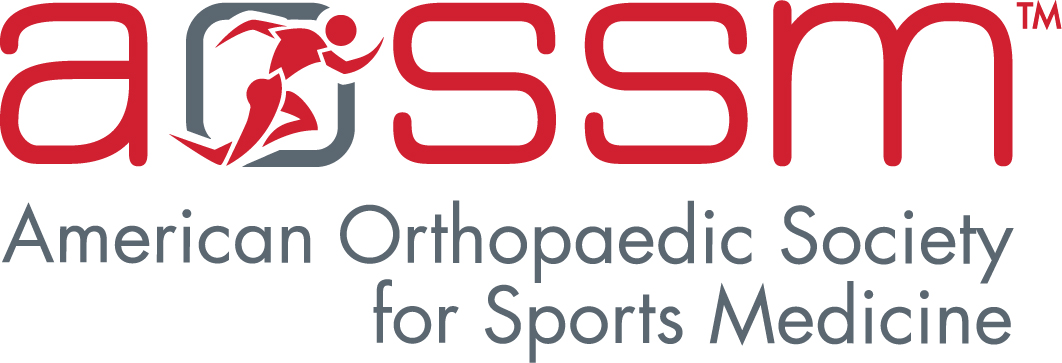For further information, contact: Lisa Doty, Director of Communications
Beeper in Vancouver July 11-15 (604) 977-1356
After July 15 (847) 292-4900
Study Shows that Braces are Superior To Tape at Preventing and Minimizing Ankle Injuries
July 13, 1998-Vancouver, British Columbia, Canada-If you've ever sprained your ankle, you know that this relatively minor injury can become a major inconvenience. Ankle sprains are one of the most common sports injuries, and account for a lot of missed sports participation. In an effort to prevent ankle sprains, many people turn to either taping the ankle or using a brace to provide support.
"Because ankle sprains account for ten to fifteen percent of all football injuries, all Wake Forest University football players are required to have some form of ankle support during all practices and games," said Monte Hunter, MD, of the Wake Forest University Baptist Medical Center, author of a study presented today at the 24th Annual Meeting of the American Orthopaedic Society for Sports Medicine at the Vancouver Trade and Convention Centre.
Dr. Hunter and his colleagues studied the effectiveness of taping and bracing in 300 football players for eight years, between the Spring of 1988 and the Fall of 1995. While all the players were required to have some type of ankle support, they were allowed to select the method (52% selected tape; 48% selected braces). Athletes who preferred tape were taped by a certified athletic trainer, and those who preferred braces were custom fitted. Of 158 ankle sprains, 115 occurred in players wearing tape. Players wearing braces sustained 43 ankle sprains during the course of the study. Review of the injury reports revealed that braced players returned to full participation two days sooner than those players injured while wearing tape. Show type (high top versus low top) had no significant impact on injury rates.
"This study shows that braces are more effective in preventing ankle injuries in these athletes," Dr. Hunter said. "One factor is that tape loosens during activity and does not maintain enough support to protect the ankle." Additional researchers in this study include C. Steven Yates, Med, ATC, Gregory B. Russell, MS, Walton W. Curl, MD, Douglas C. Browning, MD, ATC, and David F. Martin, MD.
The American Orthopaedic Society for Sports Medicine (AOSSM) is an international medical specialty association of allied health professionals and physicians, primarily orthopaedic surgeons, who have demonstrated a significant and long-term commitment to sports medicine. The AOSSM promotes and supports education and research programs in sports medicine, including those concerned with physical fitness, as well as programs designed to advance our knowledge in the recognition, treatment, rehabilitation and prevention of athletic injuries.
###
